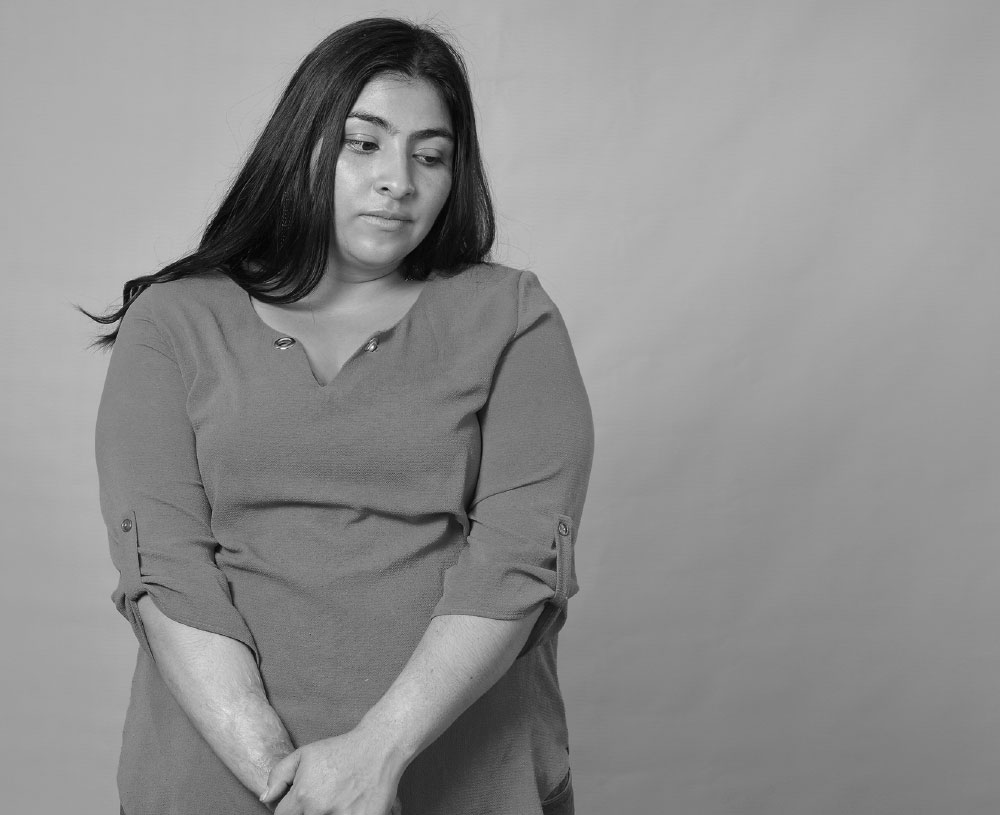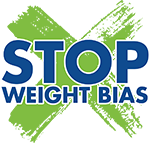Weight Bias in the Media


Media has an enormous reach, it’s a powerful medium that creates trends and influences people’s perceptions. The language, imagery and messaging used in media channels can help inform and educate but it also has the ability to generate misinformation about weight and spread weight bias.
Examples of Weight Bias in the Media:


- Using the word “fat” in a negative way
- Using “thin” people as the beauty standard and encouraging others to have the same body type
- Referring to someone as “obese” instead of saying “a person with obesity”
- Portraying people who are not considered thin as being “gross” or “undesirable”
- Using someone with a heavier weight as motivation to either buy a health product or attend a gym.
Resources to Stop Weight Bias in the Media:
Use People First- Language
Words matter. People-First Language encourages attention to the way we phrase subjects by NOT labeling someone as their disease. For example, say:
“The woman was affected by obesity” vs “The woman was obese”
Words matter. People-First Language encourages attention to the way we phrase subjects by NOT labeling someone as their disease. For example, say:
“The woman was affected by obesity” vs “The woman was obese”
Use Non Stigmatizing Imagery
The types of images relating to obesity often shown in news articles, social media and television focus on body parts like the stomach, thighs, arms or buttocks. Most of them don’t picture heads or faces, which dehumanizes people for their weight and casts blame solely on their behaviors. You can click here to visit our Image Gallery section for free non-stigmatizing imagery.
The types of images relating to obesity often shown in news articles, social media and television focus on body parts like the stomach, thighs, arms or buttocks. Most of them don’t picture heads or faces, which dehumanizes people for their weight and casts blame solely on their behaviors. You can click here to visit our Image Gallery section for free non-stigmatizing imagery.
OAC Media Guidelines
This comprehensive tool aims to help and educate anyone in the media industry on avoiding stereotypes, using appropriate language and terminology and selecting appropriate pictures. Click here to access the OAC Media Guidelines.
This comprehensive tool aims to help and educate anyone in the media industry on avoiding stereotypes, using appropriate language and terminology and selecting appropriate pictures. Click here to access the OAC Media Guidelines.
What can I do to #StopWeightBias ?
1. Ask yourself if you hold negative opinions about people with excess weight. If so, remember obesity is a complex disease with multiple causes including genetic, biological, and other noncontrollable factors.
2. Challenge people who express negative opinions about people with excess weight.
3. Be Part of the Solution. With your help, we can build a better world, free of weight bias. We deserve a world where everyone is treated with dignity and respect.
Join the movement to Stop Weight Bias!
Click Here to Get Started!
